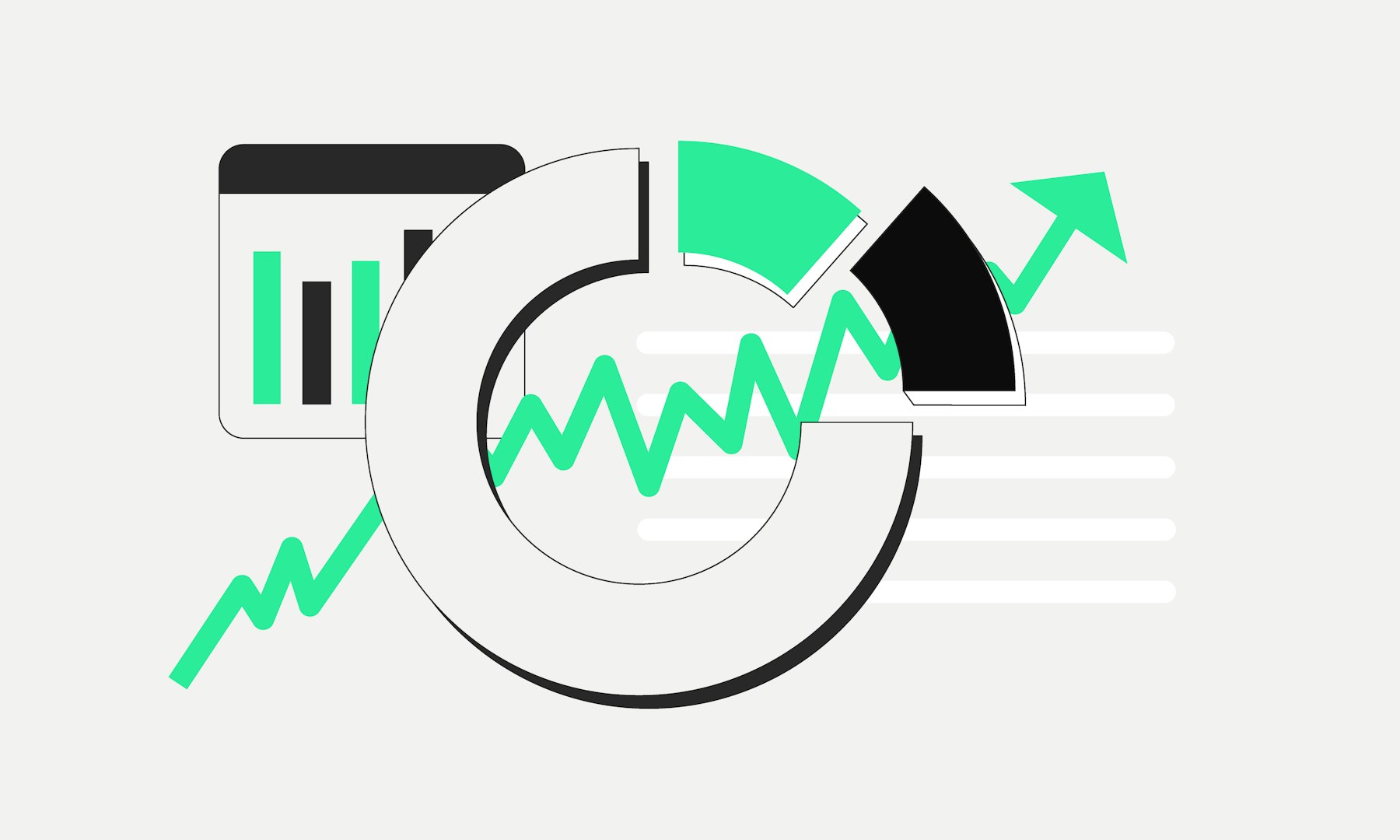What is the risk reward ratio and why is it important for traders?
The risk reward ratio (RRR) describes the relationship between a trade's potential gain and its possible loss. It shows how much a trader can earn in the event of success, compared with the share of risk taken. For example, a chance-risk ratio of 1:3 means the potential reward is three times greater than the risk involved. This ratio helps assess individual trades objectively and develop strategies aimed at long-term profitability.
A well-calculated risk reward ratio supports traders in making informed decisions and increasing the value of their profitability. It helps assess risk more accurately and define clear entry and exit points. Without a structured chance-risk ratio, there's a greater risk of impulsive decisions and unnecessary losses. By applying the RRR regularly, traders can protect their capital more effectively and trade more successfully in the long run.
What role do risk and return play in trading?
In trading, risk and return are directly linked. Every trade carries the potential for profit, but also the chance of a loss. The risk reward ratio (RRR) helps traders structure these two factors and make well-informed decisions. While high risk often comes with the promise of higher returns, excessive risk-taking can also result in significant losses. To be successful over time, it's essential to use the chance-risk ratio strategically and aim for a balanced relationship between risk and reward. The next sections explain how risk and return behave in the market in more detail.
Market risk
Risk is a key factor in trading and influences every decision. It refers to the potential loss a trader is exposed to in a trade. Market conditions are often volatile, meaning prices can fluctuate rapidly. In the forex, stock and crypto markets in particular, volatility and leverage vary greatly and can intensify the actual value of risk at critical points. The risk reward ratio helps assess these factors and develop a sound strategy.
A practical example: in the crypto market, sharp price swings are common, so traders may need to aim for a higher chance-risk ratio than in the less volatile forex market. While an RRR strategy of 1:3 might make sense for traditional stocks, a modified ratio may be required in volatile crypto trading. With targeted risk management like stop-loss orders and position sizing, traders can manage risks more effectively and reduce losses.
Market return
Return is the core goal of any trade and represents the potential profit in relation to the risk taken. High returns are appealing, but they often involve higher risks. The RRR helps traders find a balance between the two factors to build a profitable long-term strategy.
In highly volatile markets like crypto trading, strong price movements can lead to large short-term profits. By contrast, forex and stock markets typically offer more stable returns with lower risk. The key is to optimise the chance-risk ratio to reflect realistic profit targets, maximise return value and reduce losses at critical points. This approach supports long-term success. A disciplined method that applies the RRR consistently can lead to higher profitability over time.
What is the chance-risk ratio (CRV)?
The chance-risk ratio (CRV) is an important indicator in trading that shows whether a trade makes sense from the perspective of risk and potential return. It describes the relationship between potential profit and the maximum loss a trader is willing to take. For instance, a CRV of 1:3 means the potential profit is three times greater than the risk.
The CRV is not just a metric but a method for tailoring trading strategies to personal risk tolerance. A conservative trader might prefer a lower risk reward ratio (RRR), while a risk-tolerant trader may accept higher risks if the potential return is high enough. What matters is that the chance-risk ratio is consistently included in trading decisions to achieve sustainable long-term profitability.
How is the risk reward ratio calculated?
The risk reward ratio is calculated by dividing the potential profit by the possible risk. The formula is:
Risk reward ratio (RRR) = Potential profit / Potential loss
The result shows the relationship between risk and reward, helping traders estimate the potential gain as a percentage of total risk and make informed decisions. A higher RRR means the potential profit is greater in relation to the risk. With this strategic approach, traders can better adjust their strategies and optimise profitability.
Practical example of the chance-risk ratio
A trader plans a trade and sets clear entry and exit parameters to follow a consistent strategy. They decide to risk €50 with a profit target of €150.
Now the RRR is calculated:Risk: if the price moves negatively, the potential loss is €50Reward: if the target is met, the potential profit is €150
The calculation:
RRR = 150 / 50 = 3 → Chance-risk ratio of 1:3
This chance-risk ratio shows the potential gain is three times higher than the possible loss. By setting a fixed stop-loss and clear profit target in advance, the trader improves their risk management, better controls risk and defines objective decision points. Applying this method consistently helps achieve stable long-term returns and avoid impulsive mistakes.
